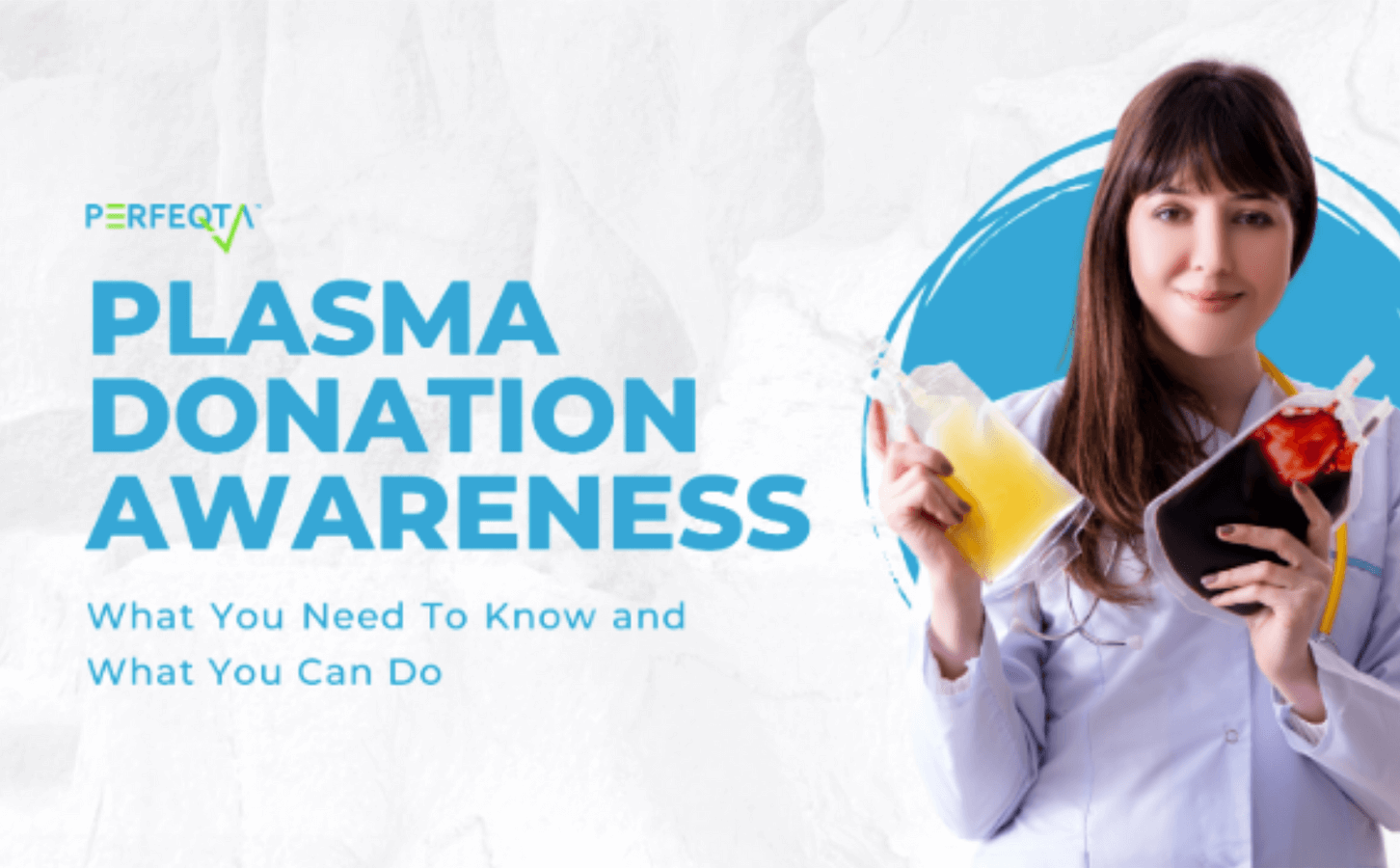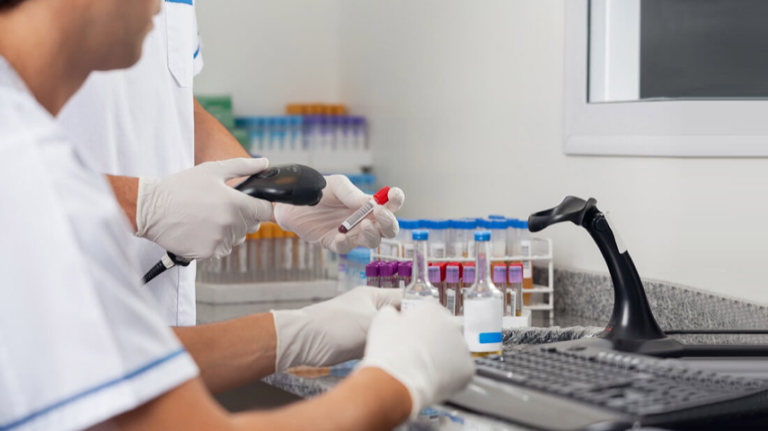Plasma Donation Awareness: What You Need To Know and What You Can Do


When you envision heroes, your mind might first wander to comic books and movies. But, in reality, not all heroes wear capes and everyday folks who donate plasma save lives and safeguard health. Plasma is often labeled as a “gift of life” owing to its vital role in healthcare and in improving patient outcomes.
In 2019, annual plasma donations topped 53.5 million, and each year over 125,000 patients are treated with plasma. Every day, roughly 5,000 to 7,000 units are needed. Given these numbers, it’s safe to say that plasma donation is vital, making awareness important. You can contribute to society simply by donating or encouraging others to do so.
What Is Blood Plasma?
Blood plasma accounts for more than 50 percent of an individual’s blood and carries other components, including red cells, white cells, and platelets. It performs a variety of vital bodily functions, such as transporting electrolytes to muscles, ensuring healthy internal pH balances, and maintaining blood pressure. It’s no surprise then that plasma is in high demand and is used to address many conditions.
How Is Blood Plasma Used?
Medical practitioners use plasma to treat a variety of conditions. Some individuals suffer from clotting disorders. As a result, a seemingly minor cut can turn into a severe and even life-threatening issue. With plasma, it’s often possible to control excessive bleeding caused by clotting disorders.
Another major threat includes immune deficiency system disorders. Unfortunately, there are over 150 known such disorders. Patients suffering from these conditions are often more vulnerable to infections caused by viruses, bacteria, and other microbes.
Fortunately, medical practitioners can utilize Ig Replacement Therapy to treat many immune deficiency disorders using plasma. Plasma contains immunoglobulins, antibodies used to fight foreign viruses and microbes. Without plasma and Ig Replacement Therapy, many patients would succumb to infections.
Blood plasma also contains albumin, one of the most critical proteins found in your blood. Those suffering from albumin deficiencies might struggle with breathing, could experience thinning hair, and may face various digestive issues, such as diarrhea and nausea, among other things. Fortunately, practitioners can increase albumin levels with plasma, bringing these conditions under control.
Many other conditions can also be treated with plasma, making donations vital for many thousands of patients worldwide.
How Does Blood Plasma Donation Work?
Donors can donate whole blood or plasma only. Donating just plasma is similar to donating blood but takes a few minutes longer. First, blood is removed from your body and filtered out the plasma. Afterward, your red blood cells and platelets are returned to your bloodstream.
To donate, you’ll need to meet specific requirements. Typically, you must be at least 18 years old and weigh 110 or more pounds. Also, some diseases may disqualify individuals.
PERFEQTA works closely with plasma and blood donation centers across America. Our software allows these donation centers to easily comply with governing bodies such as the FDA, GxP, HIPPA, ISO, and CLIA. It also makes data easy to reach when it’s needed, automates service reminders for medical equipment, and more.
If you want to make a difference, consider donating blood or plasma closely. Ultimately, your donations could save lives and/or improve medical outcomes for patients suffering from various conditions and injuries.






